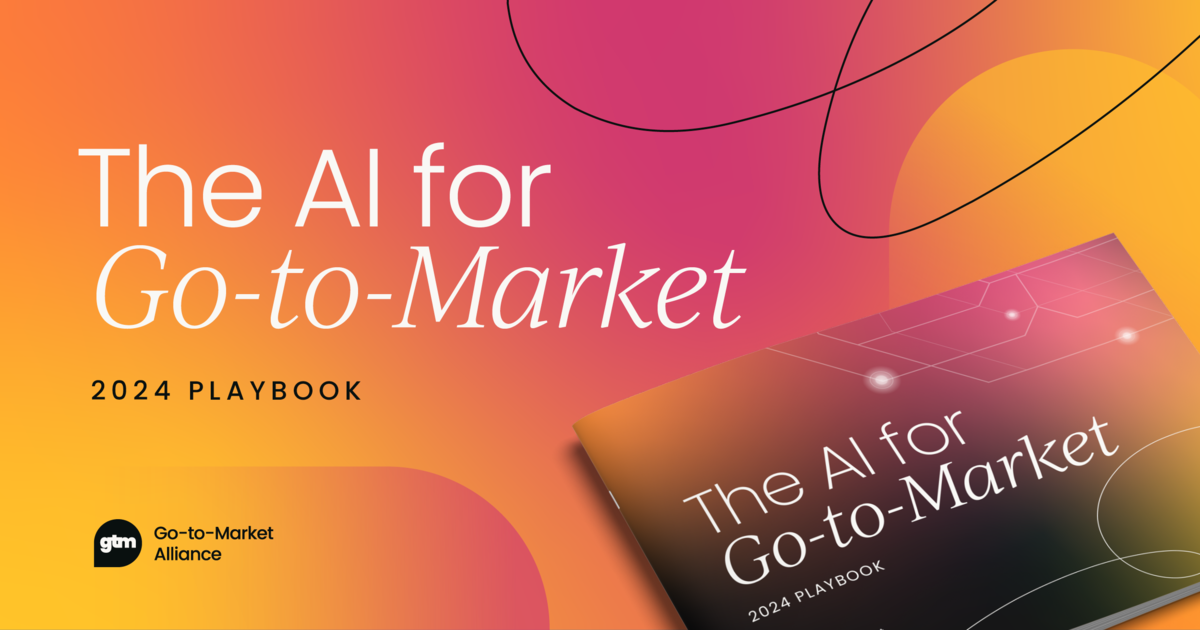This article comes from John Hessinger’s insightful talk at our Los Angeles 2024 #GTM24 Summit. Check out his full presentation and the wealth of OnDemand resources waiting for you.
Are you constantly searching for ways to streamline your go-to-market operations, deliver more personalized customer experiences, and unlock new creative possibilities? If so, then you're in the right place.
As a VP of Marketing, I've had a unique vantage point of the rapid evolution of customer expectations and the digital landscape over the past decade. And let me tell you, it's been a wild ride!
Just think about it – the way people consume content and engage with brands has undergone a seismic shift. It used to be that you could optimize for the desktop web experience and call it a day. But now, your customers are bouncing between smartphones, tablets, and smart home devices, and their expectations for personalized, convenient experiences have skyrocketed.
As a marketer and a consumer myself, I've seen firsthand how critical it is for go-to-market teams to stay ahead of these changing tides. In my opinion, the key to doing that lies in harnessing the transformative power of AI and automation.
So in this article, I'll dive into the specific ways I've leveraged these technologies, share some insights on overcoming common data challenges, and take a glimpse into the future of what's possible with AI and automation.
So if you're ready to take your go-to-market strategy to the next level, read on!
The power of automation
One of the most impactful ways I've leveraged these technologies at my company is through automation. Think about all the repetitive, high-volume tasks your team is likely bogged down with – responding to customer inquiries, generating routine reports, and producing content for your marketing channels.
These types of activities can quickly eat up a ton of your team's valuable time and mental energy.
But with the right automation tools and techniques, you can dramatically streamline these workflows. For example, we've set up AI chatbots to handle many of the common questions and requests that come in through our support channels. This allows our reps to focus on more complex, high-value interactions instead of drowning in repetitive troubleshooting.
We've also automated a lot of our data analysis and reporting processes. Rather than having analysts manually pull numbers, run calculations, and build dashboards, we've trained AI models to do a lot of that heavy lifting. This not only saves time, but also helps us spot important trends and insights much faster.
Then when it comes to content creation, we're using AI to generate first drafts of things like blog posts, social media copy, and email newsletters. Our subject matter experts can then review and refine those initial outputs, rather than starting from a blank slate every time.
The key is to think about the tasks your team does over and over again and look for opportunities to automate them. It may take some upfront investment to set up the right systems and processes, but the long-term payoff in terms of efficiency and productivity is huge.






